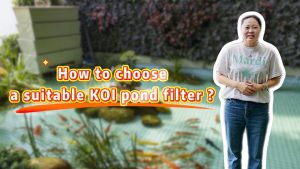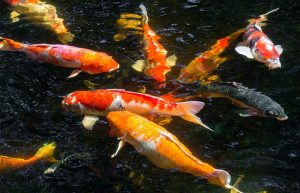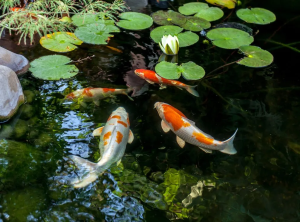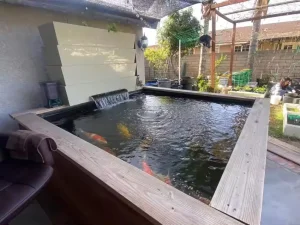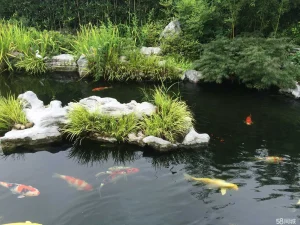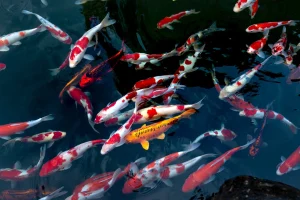Aquaculture, or fish farming, has become an increasingly important industry worldwide, providing a significant portion of the global fish supply. As the demand for fish continues to rise, so does the need for more efficient and sustainable methods of production. Indoor aquaculture systems have emerged as a promising solution, offering controlled environments that maximize productivity while minimizing environmental impact. However, to ensure the success of these systems, proper maintenance is crucial. In this article, we will explore the various aspects of indoor aquaculture system maintenance and its significance in achieving sustainable and efficient fish farming.
Water Quality Management
One of the primary responsibilities in maintaining an indoor aquaculture system is managing water quality. Fish are highly sensitive to changes in water parameters such as temperature, pH levels, dissolved oxygen, and ammonia levels. Regular monitoring of these parameters is essential to ensure optimal conditions for fish growth and health. Automated monitoring systems can be employed to track these parameters and provide real-time data for analysis. Additionally, water filtration systems, such as mechanical filters, biological filters, and UV sterilizers, should be regularly cleaned and maintained to remove debris, control ammonia levels, and prevent the growth of harmful bacteria.
Feeding and Nutrition
Proper feeding practices are crucial for the growth and well-being of fish in an indoor aquaculture system. Fish require a balanced diet that meets their nutritional needs, and feeding routines should be carefully planned and implemented. Overfeeding can lead to poor water quality and waste accumulation, while underfeeding can hinder fish growth. Automatic feeders can be used to dispense controlled amounts of feed, reducing the risk of overfeeding. Furthermore, regular analysis of fish feed and adjustment of feeding regimes based on nutritional requirements can optimize growth rates and minimize waste.
Disease Prevention and Treatment
Maintaining a clean and disease-free environment is paramount in indoor aquaculture systems. Fish are susceptible to various diseases, which can spread rapidly and cause significant losses if not addressed promptly. Regular health checks should be conducted to monitor the condition of the fish and detect any signs of disease or stress. Quarantine procedures should be implemented for new fish introductions to prevent the introduction of pathogens into the system. In cases of disease outbreaks, appropriate treatment methods, such as medication or biosecurity measures, should be employed to control and eradicate the disease.
System Infrastructure and Equipment
The infrastructure and equipment of an indoor aquaculture system play a vital role in its maintenance. Regular inspections should be carried out to identify any issues or potential problems with tanks, pipes, pumps, and other components. Any leaks, blockages, or malfunctions should be promptly addressed to prevent disruptions to the system and ensure the well-being of the fish. Routine maintenance and servicing of equipment, such as aerators and water circulation systems, are also essential to maintain optimal conditions within the system.

